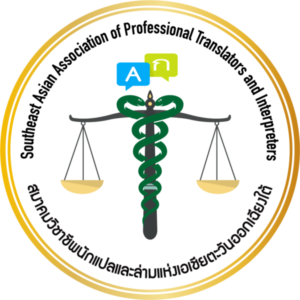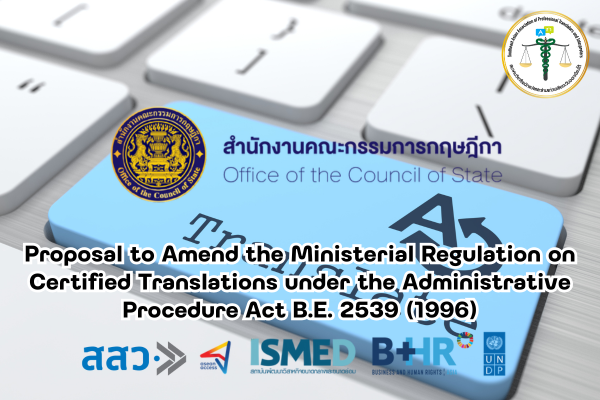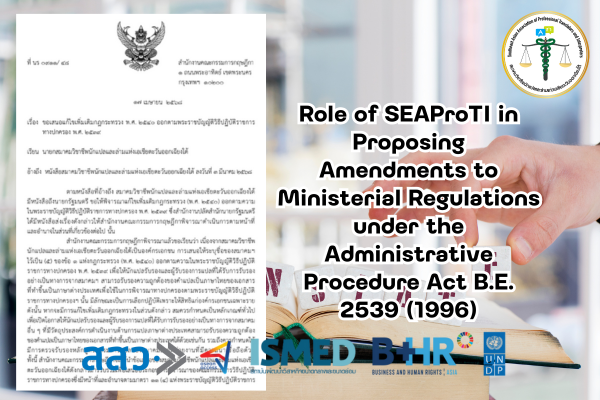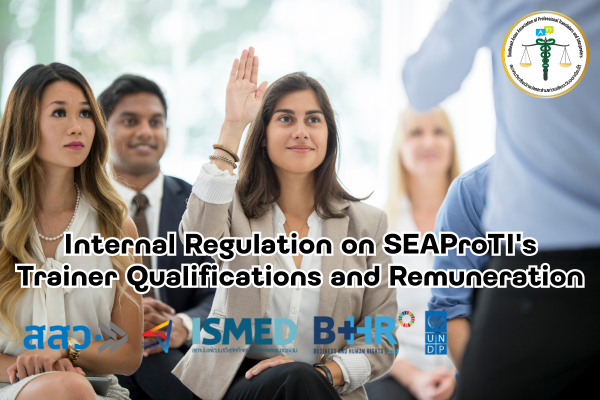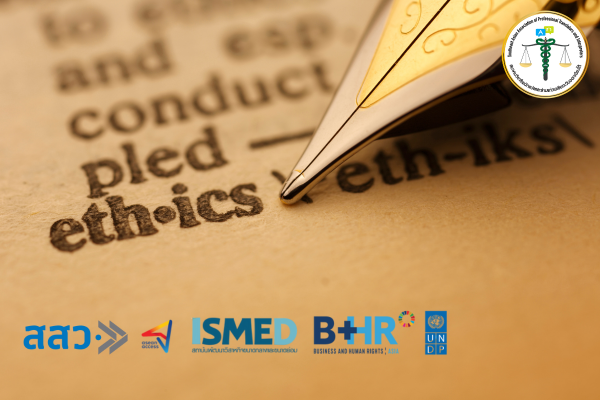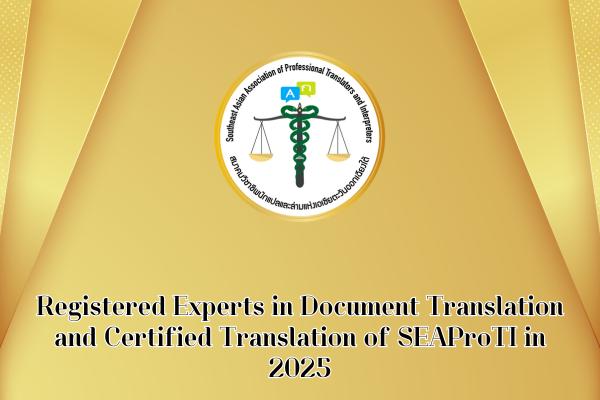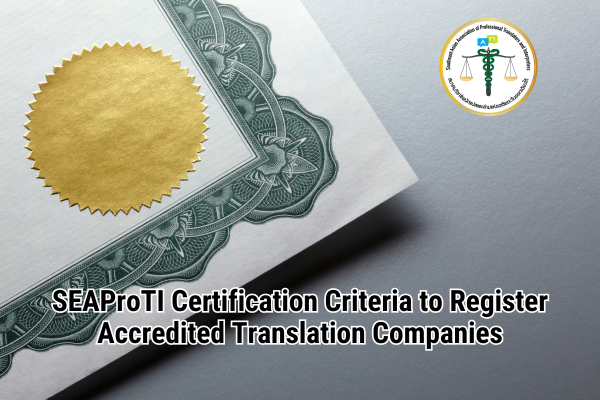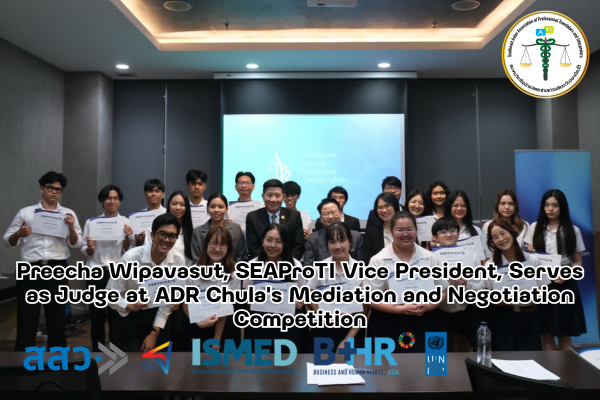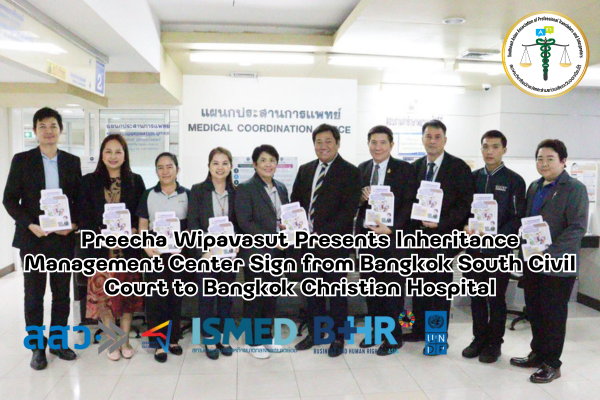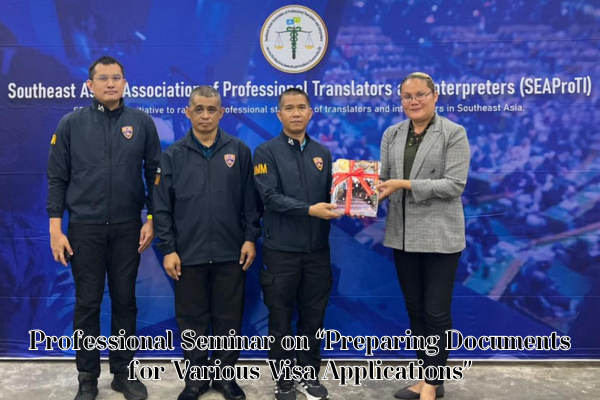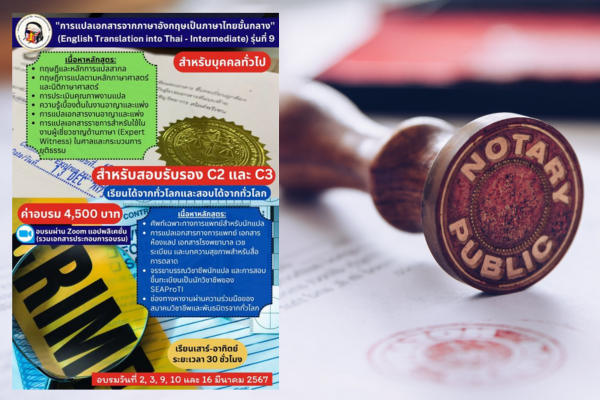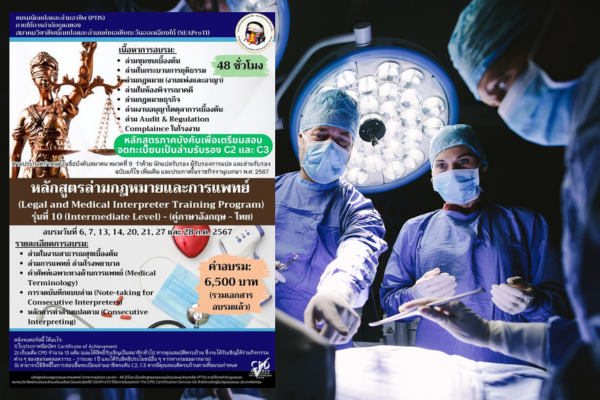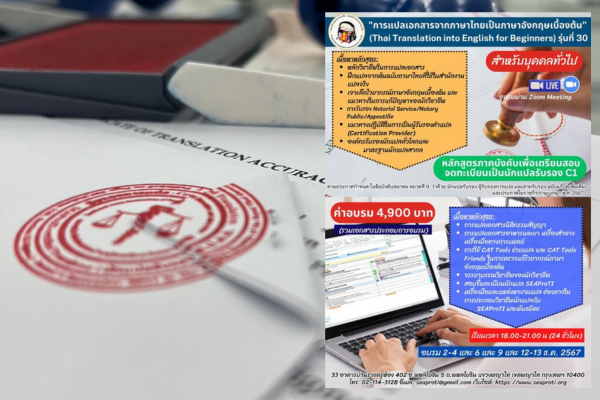Giving Feedback on Translations: A Delicate Task Requiring Empathy
15 April 2025, Bangkok – Providing feedback on translation is a vital process for enhancing the quality of translated content and supporting the professional development of translators, both individually and within teams. However, if done without sensitivity, feedback can unintentionally lead to discouragement, and conflict, or even undermine the translator’s confidence. This article explores constructive, effective, and respectful approaches to giving translation feedback—anchored in ethics, clarity, and empathetic communication.
1. The Meaning and Importance of Feedback in Translation
Feedback refers to the assessment or commentary on a translation to improve or refine its quality. In professional translation—where accuracy, consistency, and contextual understanding are critical—having a reviewer or reviser serves as a key quality assurance mechanism. Effective feedback supports continuous learning, error correction, and professional growth.
2. Characteristics of High-Quality Feedback
Effective translation feedback should include the following elements:
- Clear Evaluation Criteria: Feedback should be based on objective references such as the client’s style guide, official glossaries, and source material—rather than personal preference.
- Focus on Key Issues: Comments should highlight objective errors in meaning, context, terminology, or consistency.
- Respect for Translator’s Choices: Recognize that there are often multiple valid ways to translate a phrase; only suggest changes when something is incorrect or misleading.
- Constructive Explanation: Use a positive tone, explain the reason for the suggested change, and offer examples where appropriate.
- Empathetic Communication: Acknowledge the effort and time invested in the work. Feedback should be delivered with kindness and a genuine desire to support improvement.
3. Feedback as a Tool for Team Building and Professional Development
In translation teams or organizations, good feedback does more than just improve a single document—it can:
- Foster a culture of learning and mutual respect
- Promote critical thinking and linguistic awareness
- Guide career development for emerging translators while helping seasoned professionals maintain high standards
- Strengthen team cohesion and build trust among colleagues
4. Challenges in Providing Professional Feedback
While feedback is essential, there are challenges to navigate:
- Cultural and communication style differences between the reviewer and translator
- Risk of feedback being perceived as a personal criticism
- Balancing directness with diplomacy, especially in multicultural or multilingual teams
Conclusion
Translation feedback is not merely about error detection—it is a form of professional care and shared responsibility for linguistic quality. Successful feedback depends on intention, delivery, and the ability to communicate with both ethical integrity and human empathy. As the saying goes, “Sincere words can transform both learning and relationships for the better.”
SEAProTI’s certified translators, translation certification providers, and certified interpreters:
The Southeast Asian Association of Professional Translators and Interpreters (SEAProTI) has officially announced the criteria and qualifications for individuals to register as “Certified Translators,” “Translation Certification Providers,” and “Certified Interpreters” under the association’s regulations. These guidelines are detailed in Sections 9 and 10 of the Royal Thai Government Gazette, issued by the Secretariat of the Cabinet under the Office of the Prime Minister of the Kingdom of Thailand, dated July 25, 2024, Volume 141, Part 66 Ng, Page 100.
To read the full publication, visit: the Royal Thai Government Gazette
การให้ฟีดแบ็คงานแปล: เรื่องละเอียดอ่อนที่ต้องใช้หัวใจ
15 เมษายน 2568, กรุงเทพมหานคร – การให้ฟีดแบ็ค (feedback) ในงานแปลเป็นหนึ่งในกระบวนการสำคัญในการพัฒนาคุณภาพของงานและเสริมสร้างความสามารถของผู้แปลทั้งในระดับรายบุคคลและในทีม แต่ในขณะเดียวกัน การให้ฟีดแบ็คโดยขาดความระมัดระวังอาจนำไปสู่ความรู้สึกด้อยค่า ความขัดแย้ง หรือแม้แต่การลดทอนศักยภาพของผู้แปลได้อย่างไม่ตั้งใจ บทความนี้มีวัตถุประสงค์เพื่อวิเคราะห์แนวทางการให้ฟีดแบ็คที่สร้างสรรค์ มีประสิทธิภาพ และเคารพในตัวผู้แปล ผ่านหลักการพื้นฐานของจริยธรรม ความชัดเจน และการสื่อสารเชิงบวก
1. ความหมายและความสำคัญของการให้ฟีดแบ็คในงานแปล
การให้ฟีดแบ็ค หมายถึง การประเมินหรือแสดงความคิดเห็นต่อผลงานแปลโดยมุ่งหวังให้เกิดการปรับปรุงหรือพัฒนาคุณภาพของผลงาน โดยเฉพาะในกระบวนการแปลเชิงวิชาชีพ ซึ่งต้องอาศัยความแม่นยำ ความสม่ำเสมอ และความเข้าใจในบริบท การมีผู้ตรวจสอบหรือผู้ทบทวนจึงมีบทบาทเป็นกลไกสำคัญในการควบคุมคุณภาพ (quality assurance) และยกระดับมาตรฐานของงานแปล
2. องค์ประกอบของฟีดแบ็คที่มีคุณภาพ
ฟีดแบ็คที่มีคุณภาพควรมีองค์ประกอบ ดังนี้:
- อิงหลักเกณฑ์ชัดเจน: ฟีดแบ็คควรตั้งอยู่บนพื้นฐานของคู่มือสไตล์ (style guide) พจนานุกรมอ้างอิง และเอกสารต้นทาง เพื่อให้คำแนะนำไม่ใช่ความคิดเห็นส่วนตัวลอย ๆ
- ชี้จุดสำคัญที่ควรปรับปรุง: เช่น ข้อผิดพลาดด้านความหมาย การใช้คำไม่ตรงกับบริบท หรือการไม่สอดคล้องกับคำศัพท์เฉพาะ
- เคารพการตัดสินใจของผู้แปล: หากข้อความมีหลายแนวทางการแปล ควรพิจารณาเพียงการเลือกที่ “ผิด” หรือ “คลาดเคลื่อน” ไม่ใช่แค่ “ไม่เหมือนที่เราจะเขียนเอง”
- อธิบายอย่างสร้างสรรค์: ใช้น้ำเสียงเชิงบวก อธิบายเหตุผลที่แนะนำให้ปรับ พร้อมตัวอย่าง หรือข้อเสนอแนะแบบเป็นรูปธรรม
- สื่อสารอย่างมีมนุษยธรรม: ตระหนักว่างานแปลทุกชิ้นมาจากความตั้งใจและเวลา ควรพูดด้วยความกรุณา (compassion) และไม่ใช้อารมณ์ในการวิจารณ์
3. ฟีดแบ็คในฐานะเครื่องมือเสริมสร้างทีมและพัฒนาอาชีพ
ในองค์กรหรือทีมแปล การให้ฟีดแบ็คที่ดีไม่เพียงช่วยให้งานชิ้นนั้นดีขึ้นเท่านั้น แต่ยัง:
- สร้างวัฒนธรรมการเรียนรู้และเคารพซึ่งกันและกัน
- กระตุ้นการคิดวิเคราะห์และวิจารณญาณในหมู่ผู้แปล
- พัฒนาเส้นทางอาชีพของผู้แปลใหม่ และช่วยให้ผู้มีประสบการณ์รักษามาตรฐาน
- เสริมสร้างความสัมพันธ์ภายในทีมและเพิ่มความไว้วางใจ
4. ความท้าทายในการให้ฟีดแบ็คอย่างมืออาชีพ
แม้ว่าฟีดแบ็คจะเป็นเครื่องมือเชิงบวก แต่ก็มีความท้าทายที่ต้องพิจารณา เช่น:
- ความแตกต่างทางวัฒนธรรมและสไตล์การสื่อสารระหว่างผู้ให้และผู้รับ
- ความเสี่ยงที่ฟีดแบ็คจะถูกตีความว่าเป็นการวิจารณ์ส่วนบุคคล
- ความลำบากในการรักษาสมดุลระหว่างความตรงไปตรงมากับความละมุนละไม
บทสรุป
การให้ฟีดแบ็คงานแปลไม่ใช่แค่การ “ตรวจจับข้อผิดพลาด” แต่คือการแสดงความใส่ใจ และร่วมรับผิดชอบต่อคุณภาพงานในฐานะผู้เชี่ยวชาญด้านภาษา ความสำเร็จของฟีดแบ็คขึ้นอยู่กับเจตนา วิธีการ และความสามารถในการสื่อสารอย่างมีจริยธรรมและมนุษยธรรม ดังคำกล่าวที่ว่า “คำพูดที่จริงใจ สามารถเปลี่ยนแปลงการเรียนรู้ และความสัมพันธ์ได้ในทางที่ดี”
เกี่ยวกับนักแปลรับรอง ผู้รับรองการแปล และล่ามรับรองของสมาคมวิชาชีพนักแปลและล่ามแห่งเอเชียตะวันออกเฉียงใต้
สมาคมวิชาชีพนักแปลและล่ามแห่งเอเชียตะวันออกเฉียงใต้ (SEAProTI) ได้ประกาศหลักเกณฑ์และคุณสมบัติผู้ที่ขึ้นทะเบียนเป็น “นักแปลรับรอง (Certified Translators) และผู้รับรองการแปล (Translation Certification Providers) และล่ามรับรอง (Certified Interpreters)” ของสมาคม หมวดที่ 9 และหมวดที่ 10 ในราชกิจจานุเบกษา ของสำนักเลขาธิการคณะรัฐมนตรี ในสำนักนายกรัฐมนตรี แห่งราชอาณาจักรไทย ลงวันที่ 25 ก.ค. 2567 เล่มที่ 141 ตอนที่ 66 ง หน้า 100 อ่านฉบับเต็มได้ที่: นักแปลรับรอง ผู้รับรองการแปล และล่ามรับรอง

